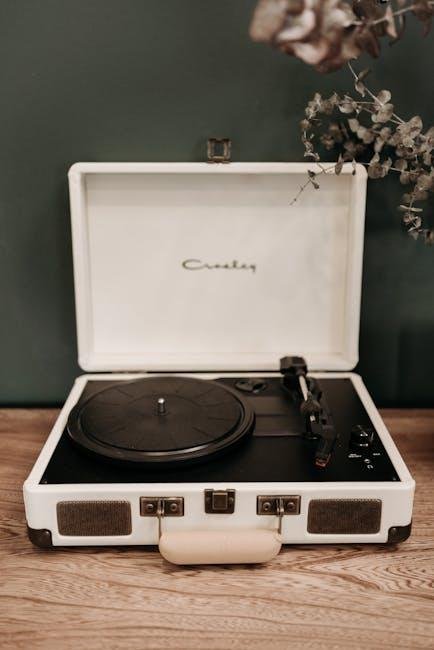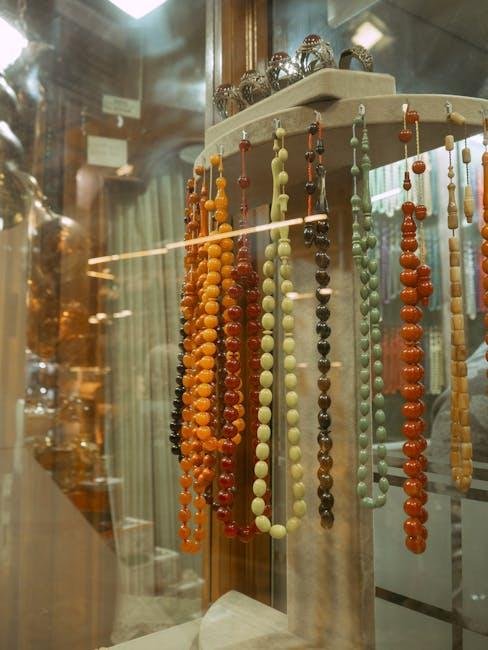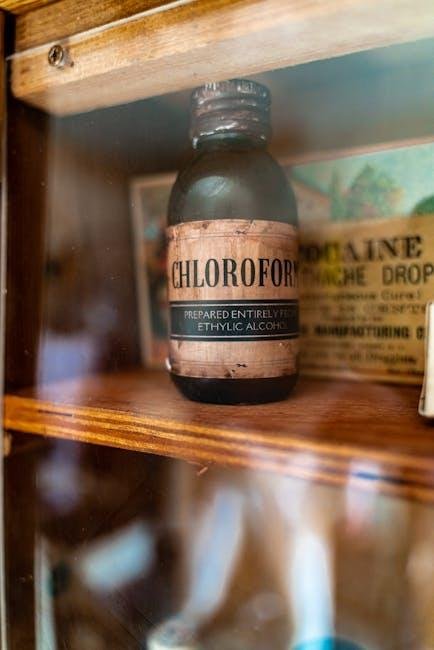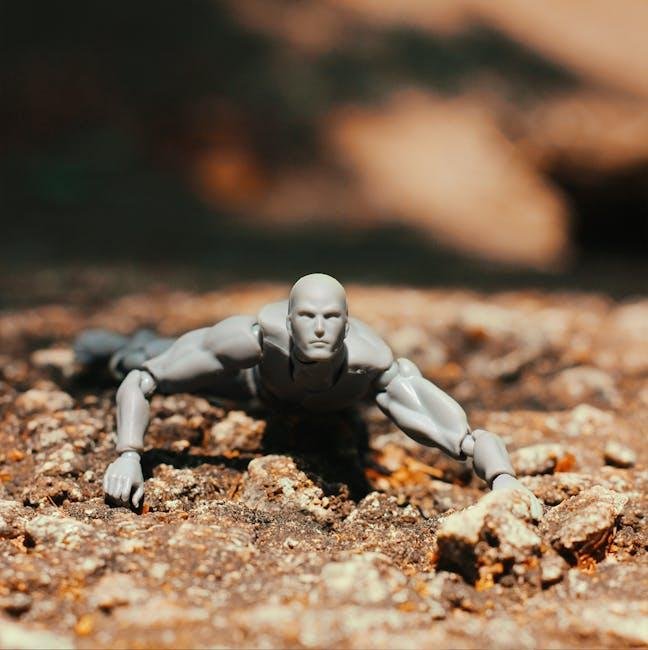In a world where trends come and go with the swift passage of time, the concept of building a legacy collection stands as a testament to the enduring value of thoughtful curation. Whether it be art, literature, memorabilia, or even personal artifacts, a legacy collection serves as a bridge between the past, present, and future—a narrative woven through objects that resonate with meaning and history. This article delves into the intricate process of assembling a collection that not only reflects personal passion and taste but also tells a story that transcends generations. By exploring the motivations, methodologies, and emotional connections behind each piece, we invite you on a journey to discover how curated collections can evolve into cherished legacies that enrich lives and inspire others. Join us as we explore the art of collecting, the significance of legacy, and the profound impact that a well-crafted collection can have on both the collector and the world around them.
Understanding the Essence of Legacy Collections
To comprehend the true significance of legacy collections, one must appreciate the stories and values they encapsulate. A legacy collection goes beyond mere items; it represents the intersection of history and personal narrative.Each piece within the collection serves as a testimonial to an era, a sentiment, or a cherished memory. Collectors often seek to preserve these stories, ensuring that the essence of what they represent is not lost but instead woven into the fabric of future generations. This intention fuels the passion behind building a legacy collection, as each addition becomes a purposeful act of preservation.
The process of curating such collections involves several critical considerations:
- intentional Selection: Every item should resonate with the collector’s personal journey.
- Past Context: Understanding the background of each piece enriches its significance.
- Quality Over Quantity: focus on acquiring fewer items of greater value and meaning.
- Preservation and Care: Implementing strategies to protect the collection ensures longevity.
Ultimately, legacy collections serve as a bridge from the past to the present, allowing individuals to convey their values and experiences in a tangible form. As collectors navigate this rewarding journey, they find themselves not just as curators but as storytellers, preserving legacies for future generations to admire and understand.

Crafting Your Unique Narrative Through Curated Selections
Every item in your collection tells a story—one that intertwines with your personal history, values, and aspirations. When crafting a legacy collection, consider the significance of each piece. think beyond mere aesthetics; aim for items that resonate emotionally and hold potential for future generations. This process invites you to reflect on what truly matters, enabling a curated selection that mirrors your unique narrative. As you delve into your journey of collection, ask yourself:
- what memories do I want to conjure?
- How do these pieces reflect my identity?
- Who will inherit these stories, and how will they perceive them?
Creating a collection involves scrutinizing each selection’s cultural relevance and personal impact. You may find it helpful to categorize your acquisitions into themes, showcasing their unique attributes and the emotional weight they carry. Here’s a simple framework that may inspire your organizational strategy:
| Category | Example Items | Emotional Resonance |
|---|---|---|
| Family Heirlooms | Grandmother’s Jewelry | Tradition and Wisdom |
| travel Keepsakes | Maps and Artifacts | Adventure and Exploration |
| Artistic Endeavors | Original Paintings | Creativity and Passion |

Preserving and Maintaining Your Collection for Future Generations
To ensure that your collection stands the test of time and remains a source of inspiration for future generations, it is essential to adopt proactive preservation and maintenance strategies. Start by storing items in a controlled environment, where factors such as temperature, humidity, and light exposure are carefully monitored. This can definitely help prevent deterioration and fading. Consider these methods:
- Archival Materials: Use acid-free sleeves, boxes, and mats to protect delicate items.
- Handling Procedures: Always handle items with clean hands and wear gloves when necessary.
- Regular Inspections: Schedule periodic assessments of your collection to identify any signs of damage or wear.
Documentation is another vital aspect of preservation that enables future generations to appreciate the context of your collection. Create an inventory that includes descriptions, provenance, and any relevant history related to each piece. An effective way to display this information is by utilizing a table format:
| Item | Description | Provenance |
|---|---|---|
| antique vase | Circa 1900, ceramic with hand-painted flowers | Inherited from great-grandmother |
| First Edition Book | Published in 1950, signed by the author | Purchased at a local bookstore |
Engaging with Community and Sharing Your Legacy Journey
Creating a legacy collection involves not just the artifacts of your past, but also the stories and connections that breathe life into them. To effectively engage with your community, consider hosting workshops where participants can bring their own heirlooms, share their narratives, and collaborate on a collective display. This fosters a sense of community, encourages diverse storytelling, and enables the creation of an evolving tapestry of shared histories. Participating in local history fairs or community exhibitions can also create opportunities to connect and showcase your legacy collection,inviting others to contribute their unique perspectives.
Moreover, leveraging digital platforms can amplify the reach of your legacy journey. Establish a blog or social media presence dedicated to documenting and sharing your collection’s evolution. Here are some engaging content ideas to consider:
- Spotlight Stories: Feature certain items and their significance in a weekly post.
- Community Contributions: Encourage followers to share their own family stories and artifacts.
- Live Q&A Sessions: Host virtual gatherings to discuss legacy-building and explore community histories.
By actively inviting participation and interaction, you not only enrich your legacy collection but also cultivate a vibrant community that preserves and celebrates shared histories.
To Conclude
As we draw the curtains on our exploration of building a legacy collection, it becomes clear that this endeavor is more than a mere hobby—it’s an intricate dance between passion and preservation. Each item you choose to include becomes a chapter in a story that transcends time, a testament to your values, interests, and the memories you hold dear. Whether your collection reflects a love for art, history, or the tangible expressions of culture, it carries the potential to connect generations, inspire curiosity, and foster a sense of identity.
As you embark on this journey, remember that the beauty of a legacy collection lies not just in its completeness but in the journey of assembling it.Every decision, every acquisition, and even every moment of doubt contributes to the rich tapestry of your curatorial choices. So, embrace the process, enjoy the thrill of finding, and cherish the relationships formed in the pursuit of your passion.
building a legacy collection isn’t just about what you acquire; it’s about the narrative you weave, the conversations you spark, and the lasting impact you create for those who come after you. Let your legacy collection be a bridge connecting your present to future generations, inspiring others to dream, to explore, and perhaps one day, to create their own legacies. The journey starts with you—what story will you choose to tell?
